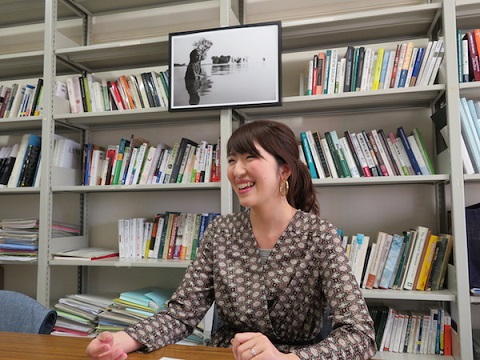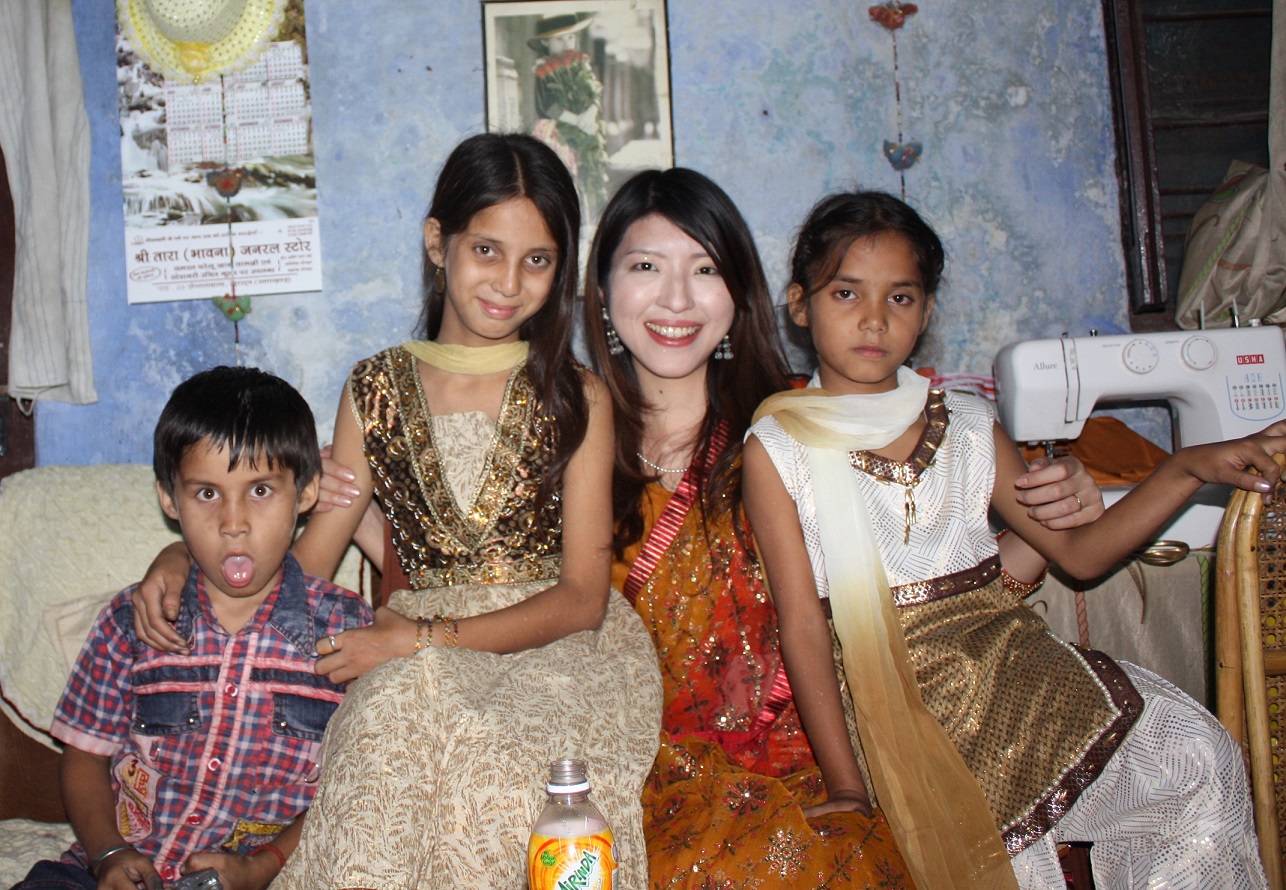Lecturer, Graduate School of Humanities and Social Sciences

Can you please describe your field of study?
I am a cultural anthropologist dealing with various issues related to the environment and development in India. I also engage with an interdisciplinary field called Science and Technology Studies. When I was a PhD student, I conducted two years of fieldwork in Uttarakhand, a northern state of India, to explore what happens when the global framework of “intellectual property rights” is introduced into the realm of biodiversity and indigenous knowledge, specifically, traditional medicines.
These days, pharmaceutical companies try to develop drugs based on medicinal plants used in traditional medicine. When the companies get a patent, sometimes original users no longer have access. There is a global movement in India to protect the rights of the original users and intellectual property. It is quite a new framework for traditional medicine. Through participating in activities of various people such as local scientists, bureaucrats, farmers, and traditional medical practitioners, I attempt to find new perspectives to consider fundamental questions regarding “knowledge” and “property.”
What got you interested in this field?
I often get this question and often say, “I didn't choose India, India chose me.” It was a coincidence. Since childhood, I have always had desire to explore “different worlds,” and when I was an undergraduate student, I traveled to almost 30 countries--most of which are not popular destinations for Japanese--as a backpacker. Then, I had a chance to study as an exchange student at University of Melbourne in Australia where I first encountered anthropology and indigenous studies.
During a fieldwork class, I had the chance to participate in an Aboriginal annual festival to learn about their traditional rock arts, dot paintings, and musical instruments called dijudidu. I was intrigued by how sophisticatedly such elements of their culture express their history of more than 50,000 years.I was also touched by the complexity of their cosmological and mythical worlds.I came back to Japan to do my PhD at the University of Tokyo and I had to choose a field. Without ever having gone to India, I chose it as a fieldwork site and stayed there for two years.
What achievement you are most proud of?
My monograph, Anthropology of Intellectual Property Rights (Sekaisisousha, 2019).
In my field, the publication of a monograph is appreciated, sometimes even more than publications in good journals. I am glad that I could finally publish this book as an achievement of my 10-year engagement with Indian society and intellectual property.
I am now wishing to translate it to English and negotiating with several publishers for publication so that I can return my research achievement—even though it is tiny—to India, and especially to my informants and research collaborators.
This book also opened up opportunities for interdisciplinary conversation. After it was published, I was invited by collaborators in law, ecology, and philosophy to participate in conferences and collaborative projects. Journal papers are read by fellow anthropologists and specialists, but a monograph provides another avenue for communicating this research to different audiences.
Can you describe some challenges of your work?
There are so many challenges. For my field specifically, research ethics. You have to be careful about the privacy of your informants and research collaborators. There are a lot of bureaucratic processes to go through.
When doing long-term fieldwork, there is also the challenge of building trust and relationships with your informants in their daily lives to maintain rapport and make sure the research is legitimate. It’s also extremely important to protect the privacy of informants when you publish the research. Especially in this information age, this work requires a lot of sensitivity.
What motivates your research?
I want to understand more about human societies that are not familiar with us, whether that is learning about the activities of a traditional medical practitioner in India or the lives of scientists in Japan. I want to relativize thoughts that are often taken for granted and gain new perspectives to think about when considering the fundamental topics of humanity.
I truly believe in the potential of cultural anthropology to contribute to world peace. Cultural relativism—the idea that one’s beliefs, values and practices should be understood on that person’s own culture rather than compared against another—is an invention of cultural anthropology.
What makes a great work environment?
Stability. It is difficult to get a tenure position in humanities in Japan. To do a meaningful job in a field that requires long-term research, stable employment makes for a stable work environment.
There are also lots of people in my college who come from many different backgrounds and places around the world. From their questions and comments, I always get new perspectives for contemporary anthropology.
Anything exciting coming up in your research?
My current research revolves around litigations in contemporary India to create “legal personhood” for natural entities represented by the Ganges River. I am collaborating with jurists, philosophers, and ecologists to explore the relationship between man-made law and the laws of nature, which can include natural entities and living beings as its members. Locally, I’ve begun disaster anthropology fieldwork with international students in Higashihiroshima, which was affected by heavy rain in July 2018. We study important topics such as vulnerability and resilience, scientific and indigenous knowledge, memory and record, and infrastructure and social media.
What do you like to do when you are not working?
After moving to Hiroshima, I got a driver’s license! I like to drive around and explore Saijo and other parts of Hiroshima. I also like cooking and drinking with my husband at home. I’ve done yoga before, but I just recently started Pilates training!
* A note on the photographs in the background of these images: My friend in India, Ishan Tankha took this photo. It is a protest against dam construction in the Ganges River. The tribal women protest this kind of construction because it means people will be relocated to another place. In India it is common to use your body in protest.
Photos from fieldwork in India

Originally written by Rachel Webber (Hiroshima University Science Communication Fellow)
Interview date: 25 March 2020

 Home
Home